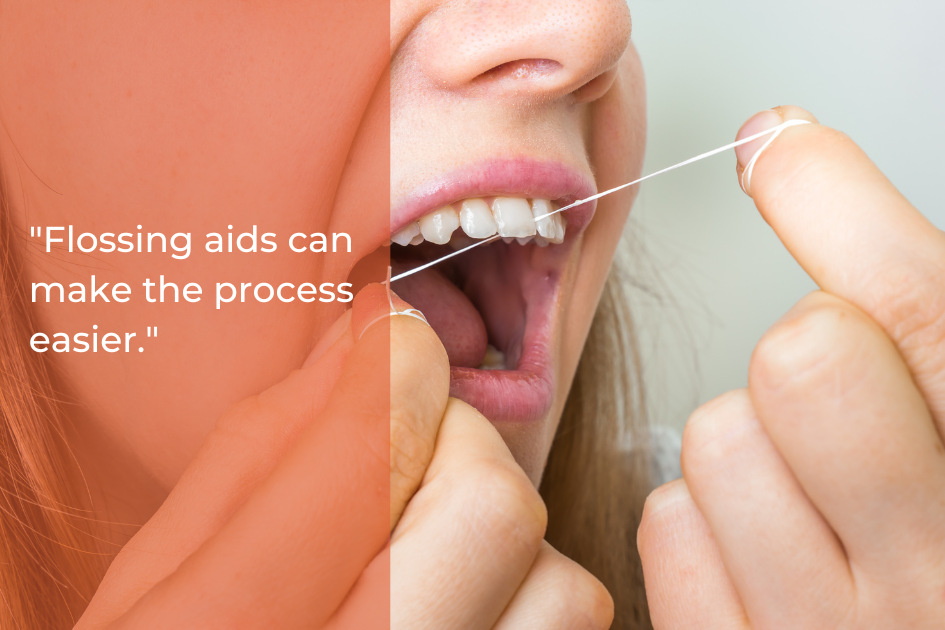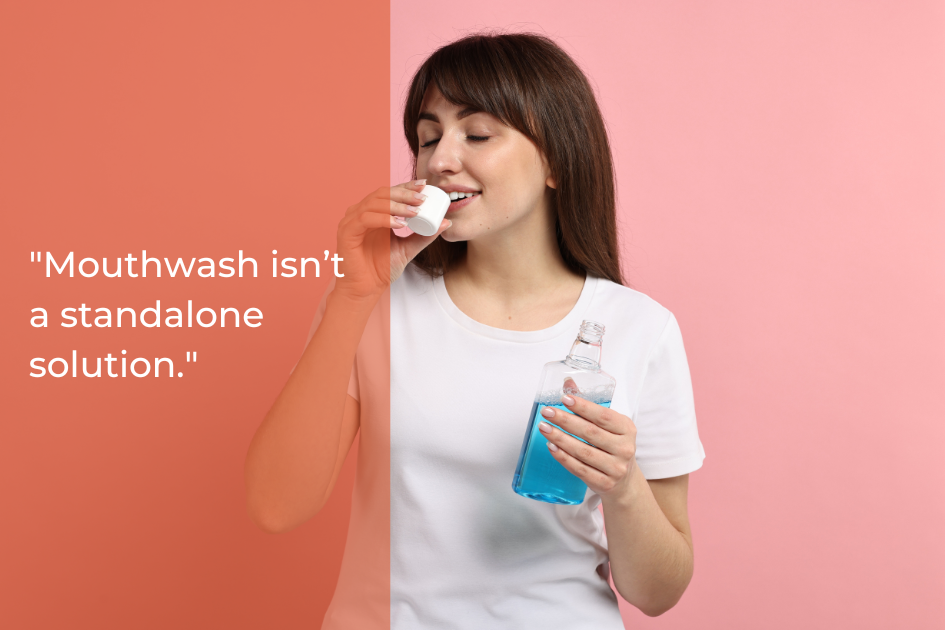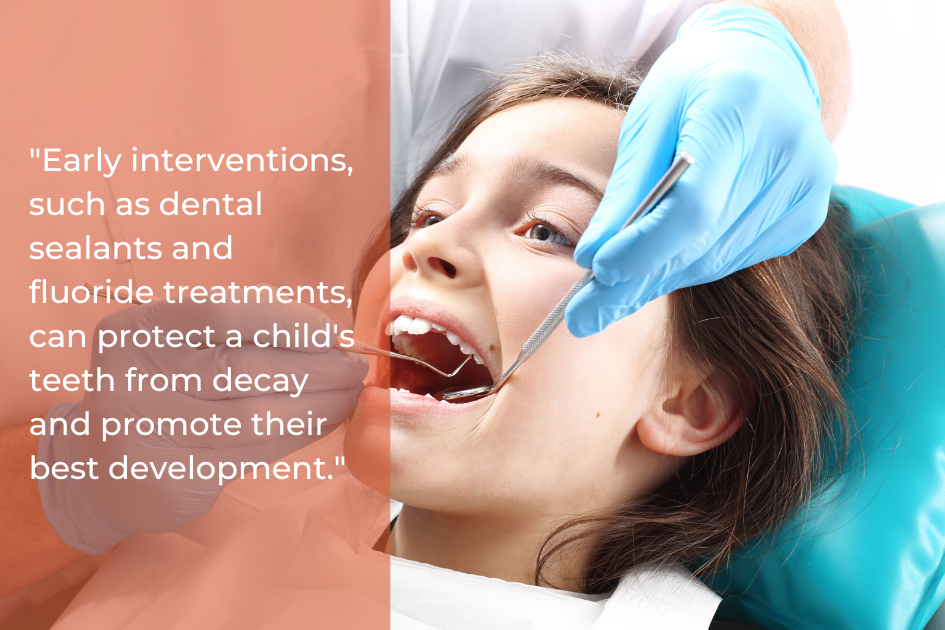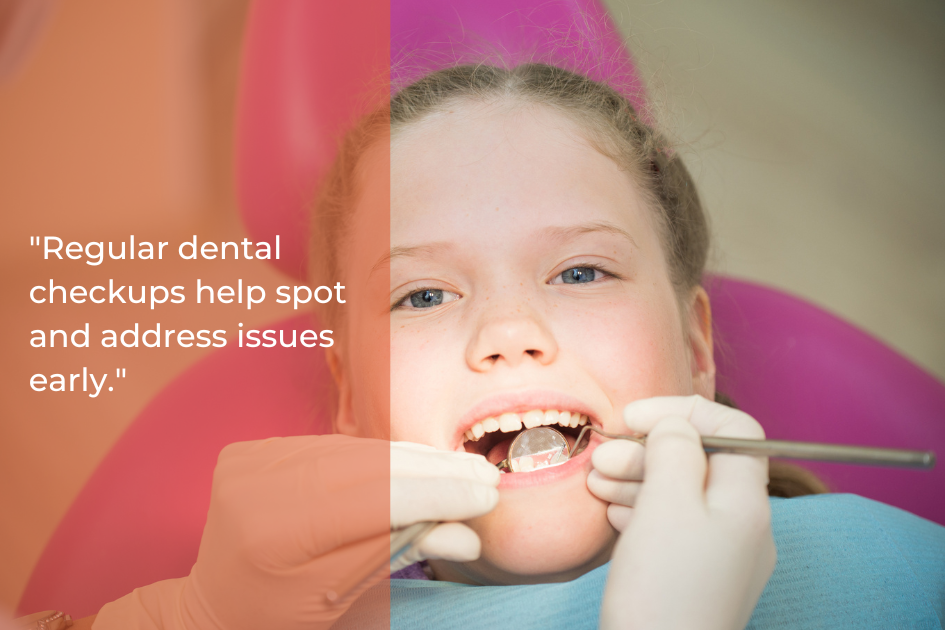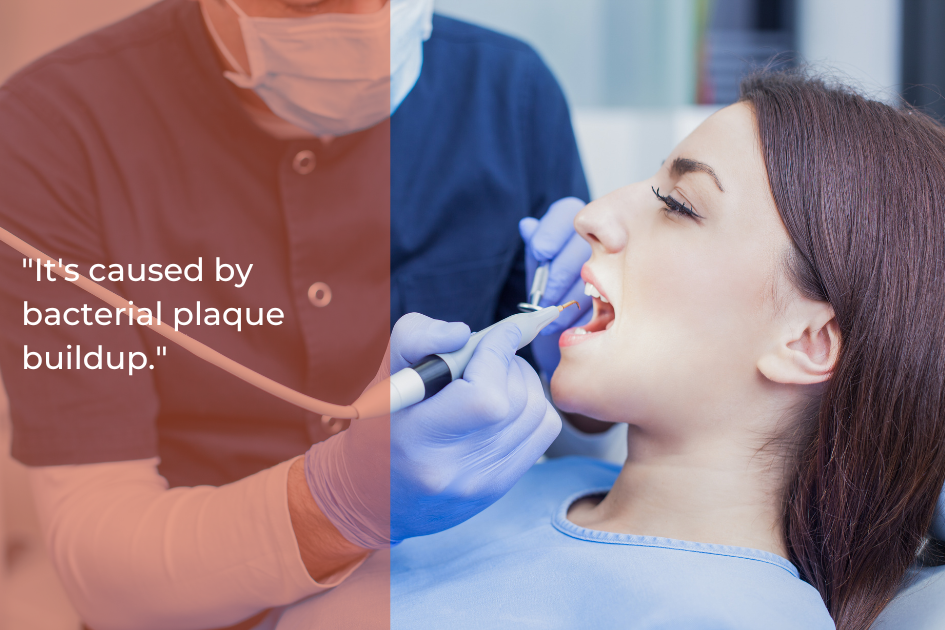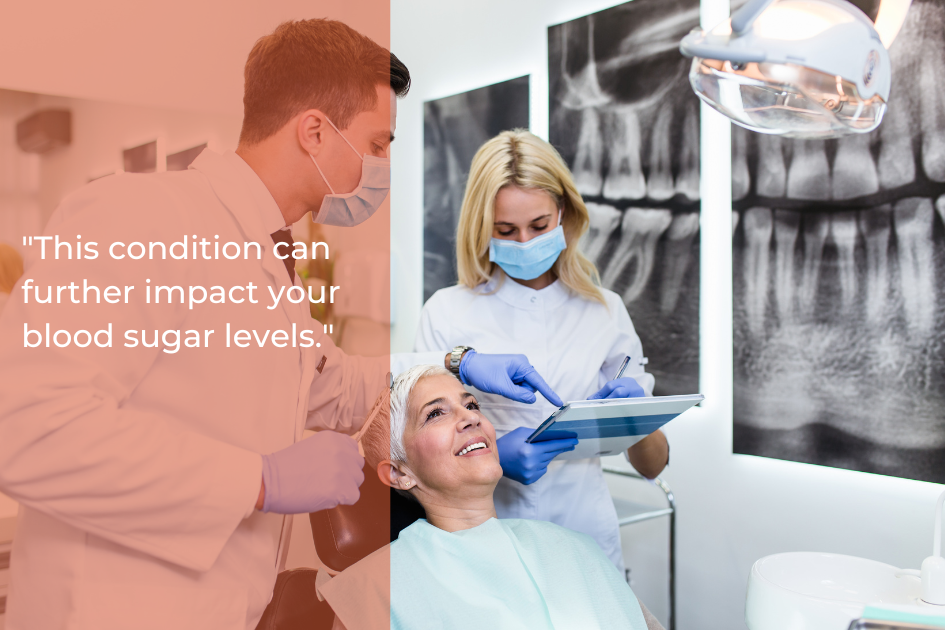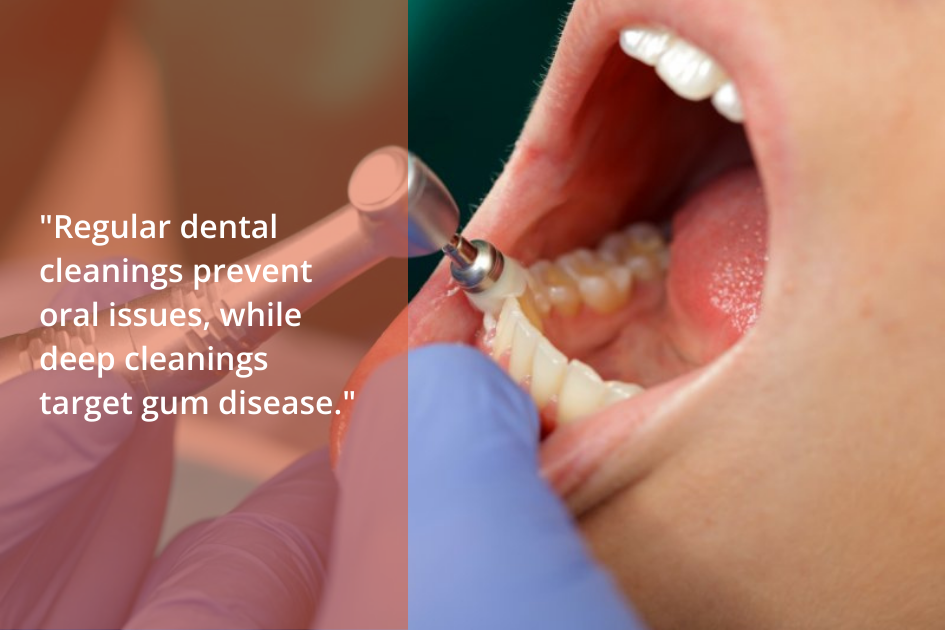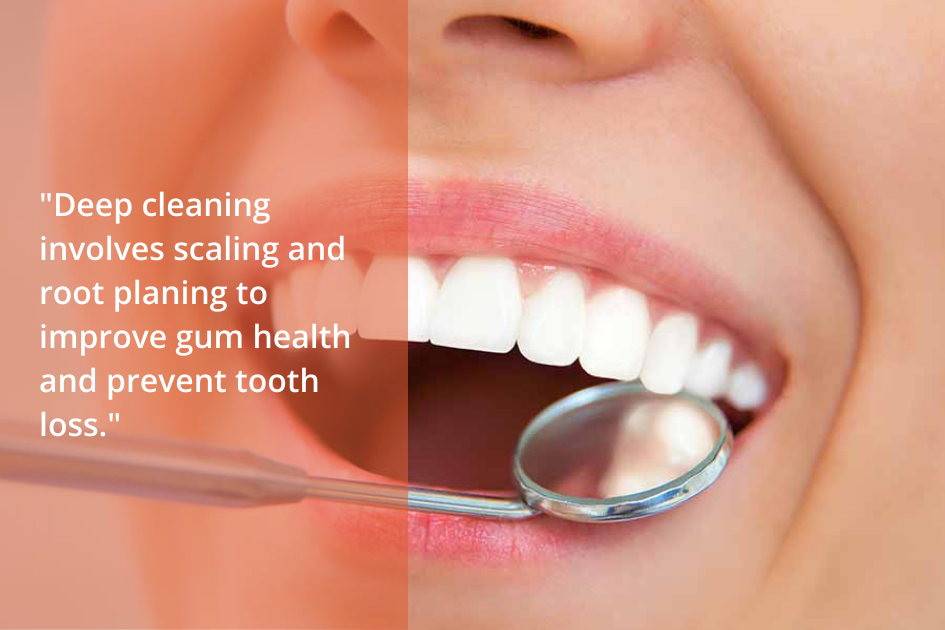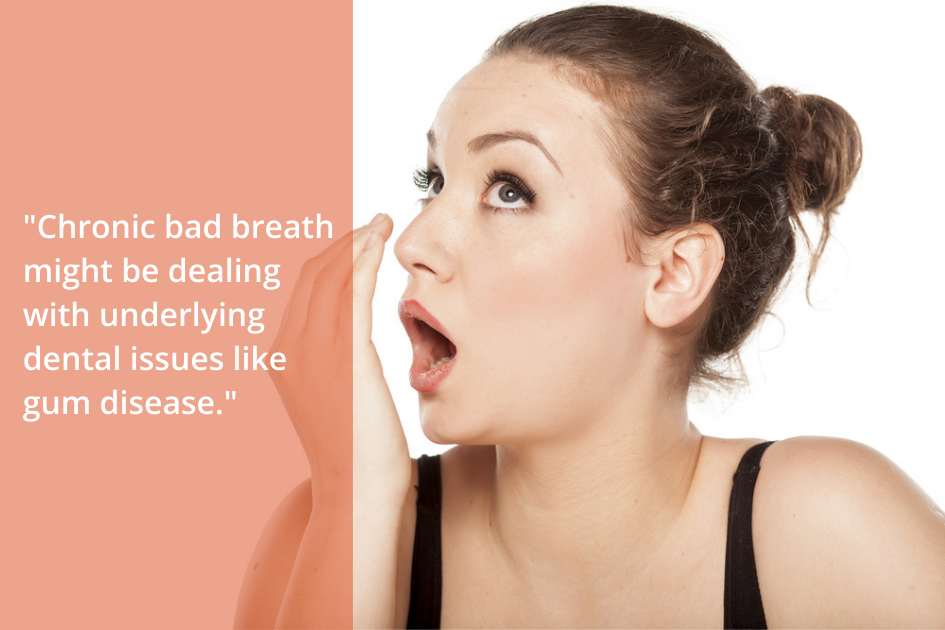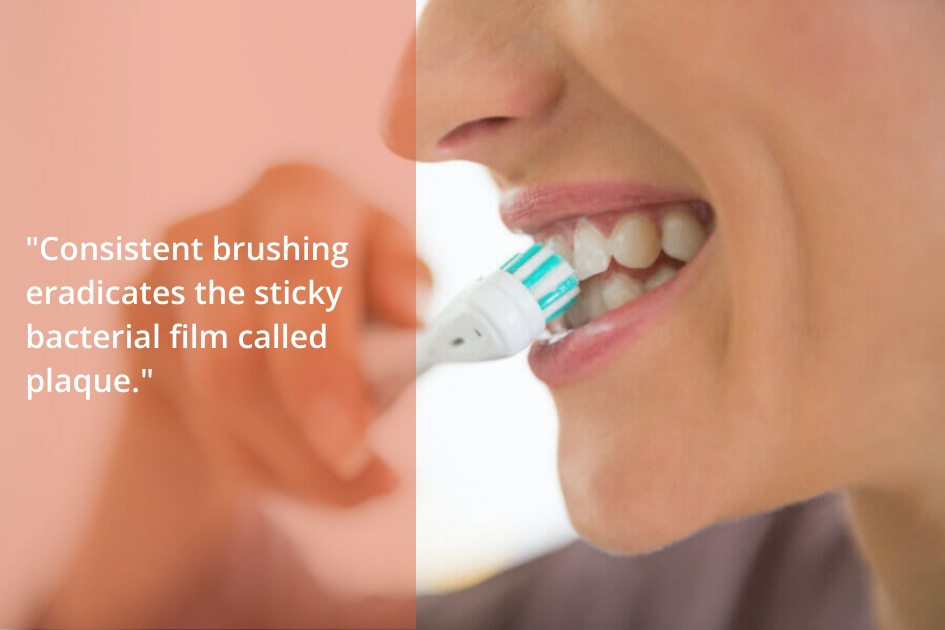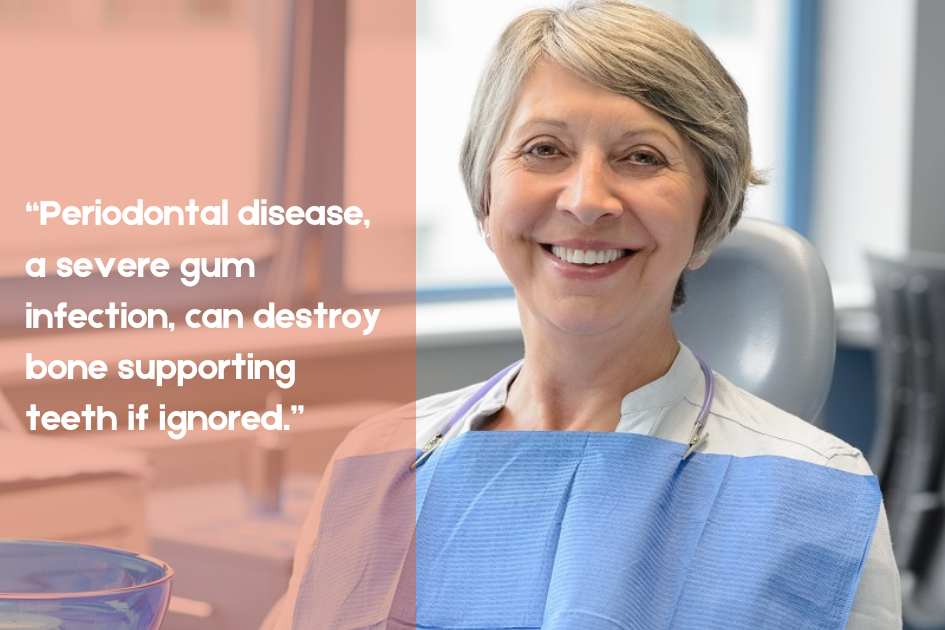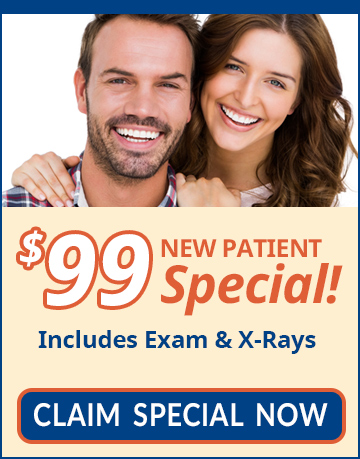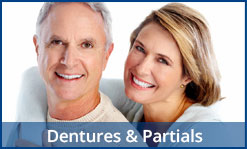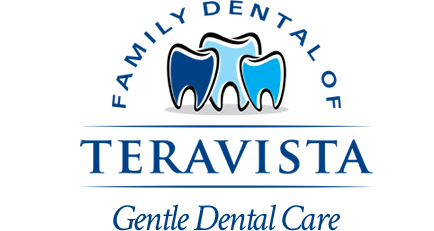As we commence our journey into the world of oral care, it’s crucial to understand that the tools we use play a significant role in maintaining our dental health. From choosing the right toothbrush to picking the perfect mouthwash and floss, every decision impacts our overall oral hygiene. But with so many options available, how do we make the right call? Let’s embark on this exploration together, uncovering the best practices and products that will lead us to a lifetime of healthy smiles.
Understanding the Importance of Oral Care
Oral care, often underrated, plays a pivotal role in our overall health. It’s not just about maintaining a bright smile but also about preventing serious conditions like heart disease and diabetes. Our oral hygiene practices, which include regular brushing, flossing, and the use of mouthwash, are essential in this. They aid in effective plaque removal, staving off decay and gum disease. With nearly half of adults suffering from gum disease, maintaining oral health is imperative. Regular dental check-ups help us catch problems early, while using the right tools, such as soft-bristled toothbrushes and fluoride toothpaste, amplifies the effectiveness of our oral care. Remember, effective oral care doesn’t just improve our dental health – it boosts our self-esteem and quality of life, too.
Breaking Down the Types of Toothbrushes
Choosing the right toothbrush is a critical step in maintaining ideal oral health. There are two main categories: manual toothbrushes and electric toothbrushes. Manual toothbrushes offer various bristle types. We typically recommend soft bristles to minimize damage to gums and enamel. The toothbrush head size is also critical; a smaller head can reach difficult areas, especially for those with braces or dental work. Electric toothbrushes often provide superior plaque removal due to their advanced technology. They may feature timers and pressure sensors to improve brushing techniques and guarantee effective cleaning for the recommended two minutes. Regardless of type, remember to replace toothbrushes or electric brush heads every 3–4 months to maintain their effectiveness.
Selecting the Right Toothpaste for Optimal Oral Health
Wondering how to choose the best toothpaste for your unique dental needs? Selecting the right toothpaste involves considering several factors. For cavity prevention, opt for a toothpaste containing fluoride, which strengthens enamel and aids in remineralization. If you’ve got sensitive teeth, a toothpaste specifically formulated to alleviate discomfort is your best bet. Keep in mind that whitening toothpastes can only remove surface stains, not alter the natural color of your teeth. Considering a natural toothpaste? Make certain it still contains fluoride for effective cavity protection. Finally, look for the ADA Seal of Acceptance. This guarantees that the toothpaste meets strict standards, ensuring its effectiveness in promoting oral health.
The Role of Mouthwash in Maintaining Oral Hygiene
While many might underestimate its importance, mouthwash plays a pivotal role in maintaining oral hygiene. It greatly reduces plaque buildup, a leading cause of gum disease and overall dental health problems. The American Dental Association recommends therapeutic mouthwashes with active ingredients such as fluoride or chlorhexidine. These ingredients fight cavities and gum disease, ensuring that your mouth is healthier. Alcohol-free variants can be a blessing for those with sensitive mouths or dry mouth conditions. They’re gentle and help maintain moisture. Don’t forget, mouthwash isn’t a standalone solution. It’s most effective after brushing and flossing, reaching areas that may get missed. The regular use of mouthwash contributes to improved dental health outcomes and freshens your breath.
Importance and Proper Use of Dental Floss
Without a doubt, dental floss is an indispensable tool in our oral care arsenal. It’s paramount for removing food particles and plaque from those hard-to-reach areas, consequently preventing dental issues like cavities and gum disease. Regular flossing, done properly, can cut the risk of gum disease by a whopping 40%. To floss correctly, we need about 18 inches of floss, winding most of it around our middle fingers, then gently sliding it between teeth and curving it in a C-shape around each tooth. Flossing aids, such as waxed floss or floss picks, can make the process easier, especially for those with tight spaces or braces. For ideal oral hygiene, we should be flossing at least once daily.
Comparing Manual and Electric Oral Care Tools
When it comes to brushing our teeth, we have two main options: manual and electric toothbrushes. Manual brushes are cost-effective and widely available, but their effectiveness is heavily reliant on our brushing technique. On the other hand, electric toothbrushes, with their built-in timers and high-speed movements, can remove plaque more effectively. Studies even suggest that electric brushes can reduce plaque by up to 21% over three months. However, the choice between manual and electric isn’t one-size-fits-all. It’s important to take into account personal comfort, preference, and specific dental needs, including sensitivity or orthodontic appliances. Regardless of type, replacing our toothbrushes regularly is vital for ideal oral care.
Oral Care Tools: Water Flossers, Interdental Brushes, and More
Beyond the arena of manual and electric toothbrushes, there’s a whole range of customized oral care tools that can greatly enhance our dental health routine. Water flossers, for instance, use pulsating water to remove plaque and food debris from hard-to-reach areas, improving both oral hygiene and gum health. They’re especially useful for those with braces or dental implants. Interdental brushes, with their small, conical bristles, are designed to fit between teeth, providing superior plaque removal compared to traditional floss. They’re particularly effective for cleaning around orthodontic appliances. By incorporating these tailored tools into our routine, we’re able to tackle areas that standard toothbrushes and floss may miss, thereby reducing the risk of cavities and gum disease.
The Role of Regular Dental Check-Ups and Cleanings
No matter how diligent you are with brushing, rinsing, and flossing, regular dental check-ups and professional cleanings remain essential for maintaining optimal oral health. These visits allow your dentist to detect early signs of cavities, gum disease, or other dental concerns before they become major issues. Professional cleanings remove stubborn plaque and tartar buildup that even the best toothbrush and floss can miss. Additionally, your dentist can recommend the best oral care tools—whether a soft-bristled toothbrush, alcohol-free mouthwash, or the right type of floss—to suit your unique dental needs. Prioritizing these check-ups ensures that your oral hygiene routine stays effective and that your smile remains bright and healthy for years to come.
Your Smile Deserves the Best Care
At Family Dental of Teravista, we believe that the right tools make all the difference in maintaining a healthy smile. Choosing a soft-bristled toothbrush for gentle yet effective cleaning, using a therapeutic mouthwash to combat plaque, and incorporating a water flosser or interdental brush into your routine can elevate your oral hygiene. But great dental care doesn’t stop at home—regular check-ups and professional guidance ensure you’re on the right track. Let us help you personalize your oral care routine. Schedule a visit to Family Dental of Teravista today, and together, we’ll keep your smile strong, healthy, and bright!


